Peacock Spider Facts
- Firstly, the descriptive term Peacock Spider serves as the common name for the rainbow-colored Maratus volans. This represents a surprisingly lovely and fascinating small variety of arachnid.
- Secondly, scientists know very little about this remarkably colorful type of arachnid. But, its common name, quite understandably, comes from the brilliant colors the arachnid displays.
- Further, this brilliantly colored small spider poses absolutely no threat to humans. Besides, encounters with people remain rare. This holds true because it happens to inhabit a rather restricted habitat range.
- Finally, despite its restricted range, its numbers appear to be stable, at least for the moment. Therefore the IUCN does not yet include the brilliant spider on its Red List of Threatened Species.
Related Articles
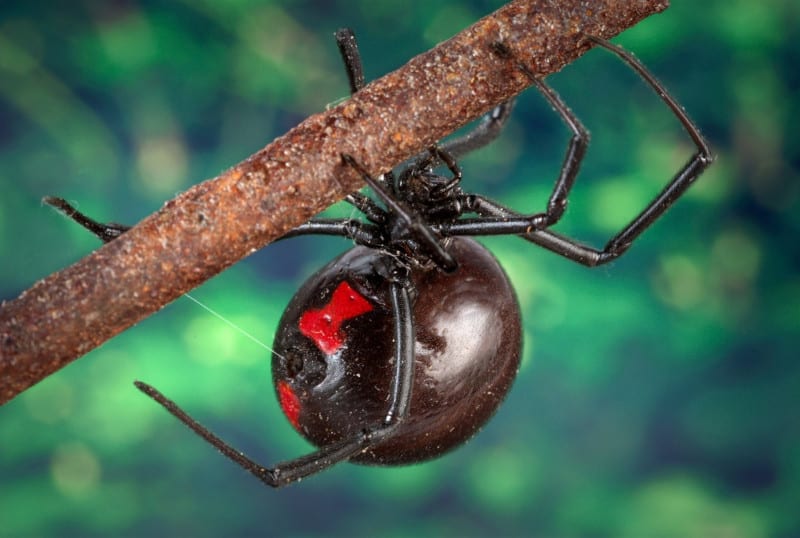
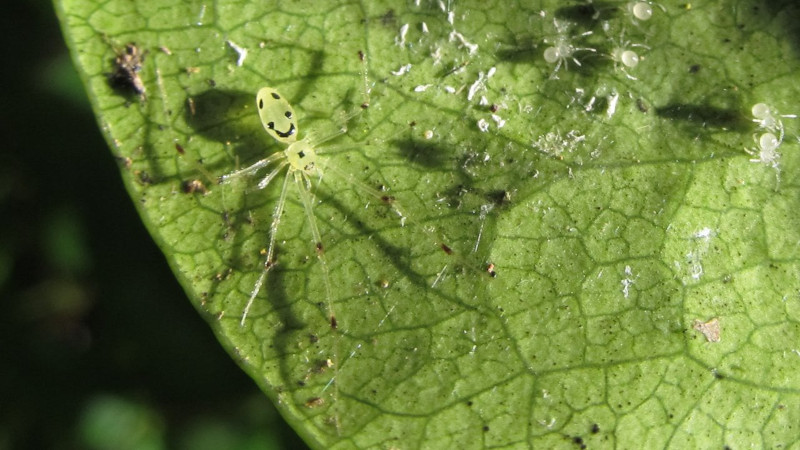
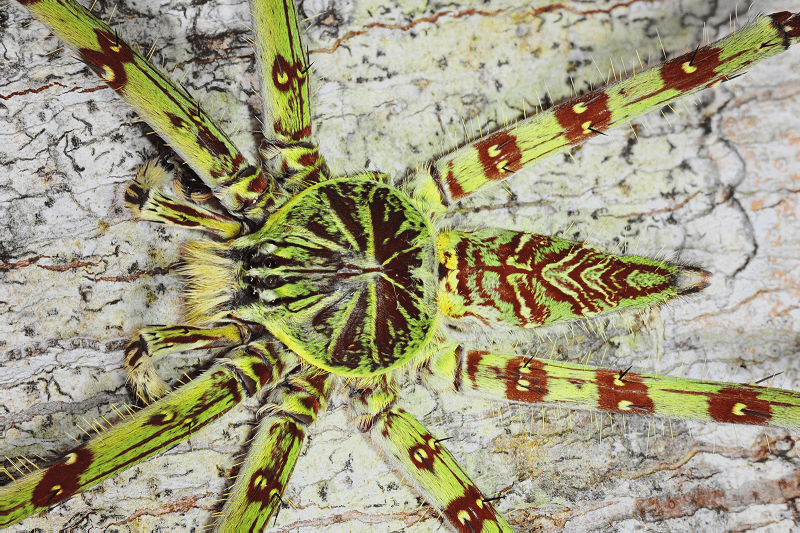
Peacock Spider Physical Description
Most notably, the stunning Peacock Spider serves as proof that beauty can come in small packages. That occurs due to the fact that the invertebrate attains an average body length of only 0.2 in (5 mm).
The tiny arachnid does display sexual dimorphism, however. Therefore, only the males display brilliant colors, as these serve a purpose for mating. Yet the females typically remain predominantly brown in color.
Patches of white also appear on numerous small hairs located on flap-like extensions on the male. Of further interest, scientifically, at least, these features stay folded down except during mating.
At that time, the male Peacock Spider raises them to attract the female. On the third pair of legs, the fine hairs also often develop tipped in white.
- Kingdom: Animalia
- Phylum: Arthropoda
- Class: Arachnida
- Order: Araneae
- Family: Salticidae
- Genus: Maratus
- Species: M. volans
Peacock Spider Distribution, Habitat, and Ecology
First of all, its population remains highly localized. The vividly colorful and rather lovely Peacock Spider represents a small species of jumping spider native to only specific portions of Australia.
This range includes portions of Tasmania, Queensland, New South Wales, and Western Australia. Researchers also remain uncertain whether or not the species ever existed elsewhere.
In addition, the arachnid displays impressive versatility, as it inhabits several different types of habitat. However, the majority of its numbers appear to prefer to live in areas of dry scrub.
Given its quite diminutive size, the Peacock Spider preys primarily upon very small insects. In addition to its brilliant coloring, it also remains known for its unique mating patterns.
But the dazzling colors, which lead to the common name, are not its only area of distinction. The males also engage in a rather elaborate mating dance to attract prospective mates.
Species Sharing Its Range
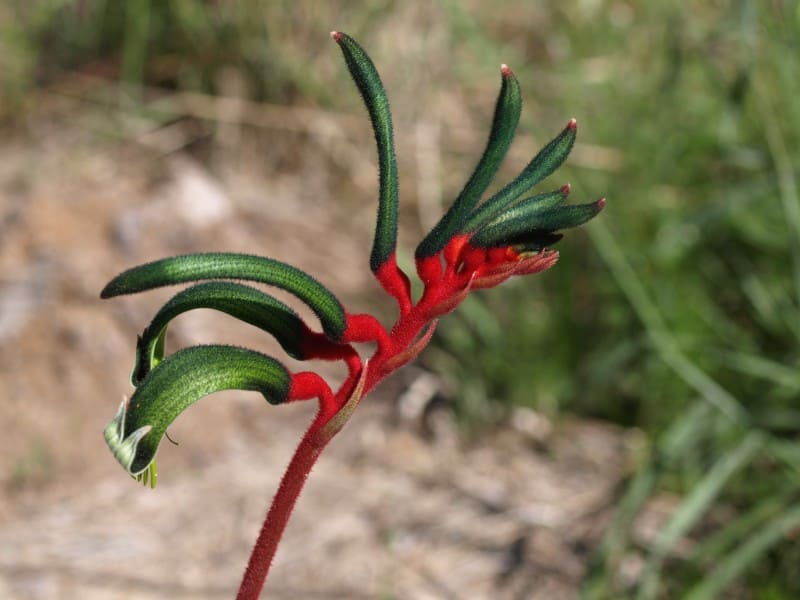
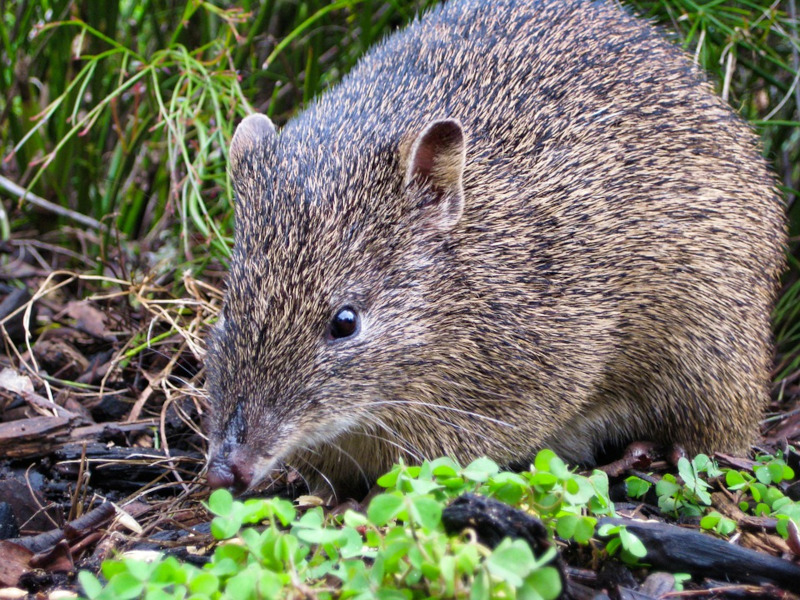

Check out our other articles on 6 Mysterious Natural Phenomena, Piton de la Fournaise, Snoqualmie Falls, Boojum Tree, Leaping Lesbian Lizard, Argentine Ant, Araripe Manakin, Crabeater Seal
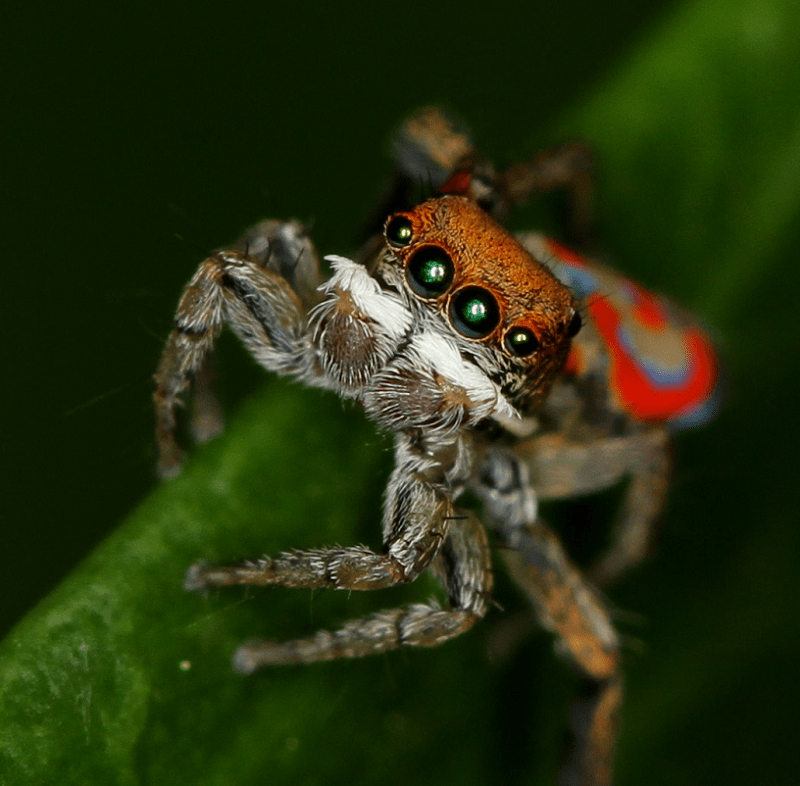











Leave a Reply